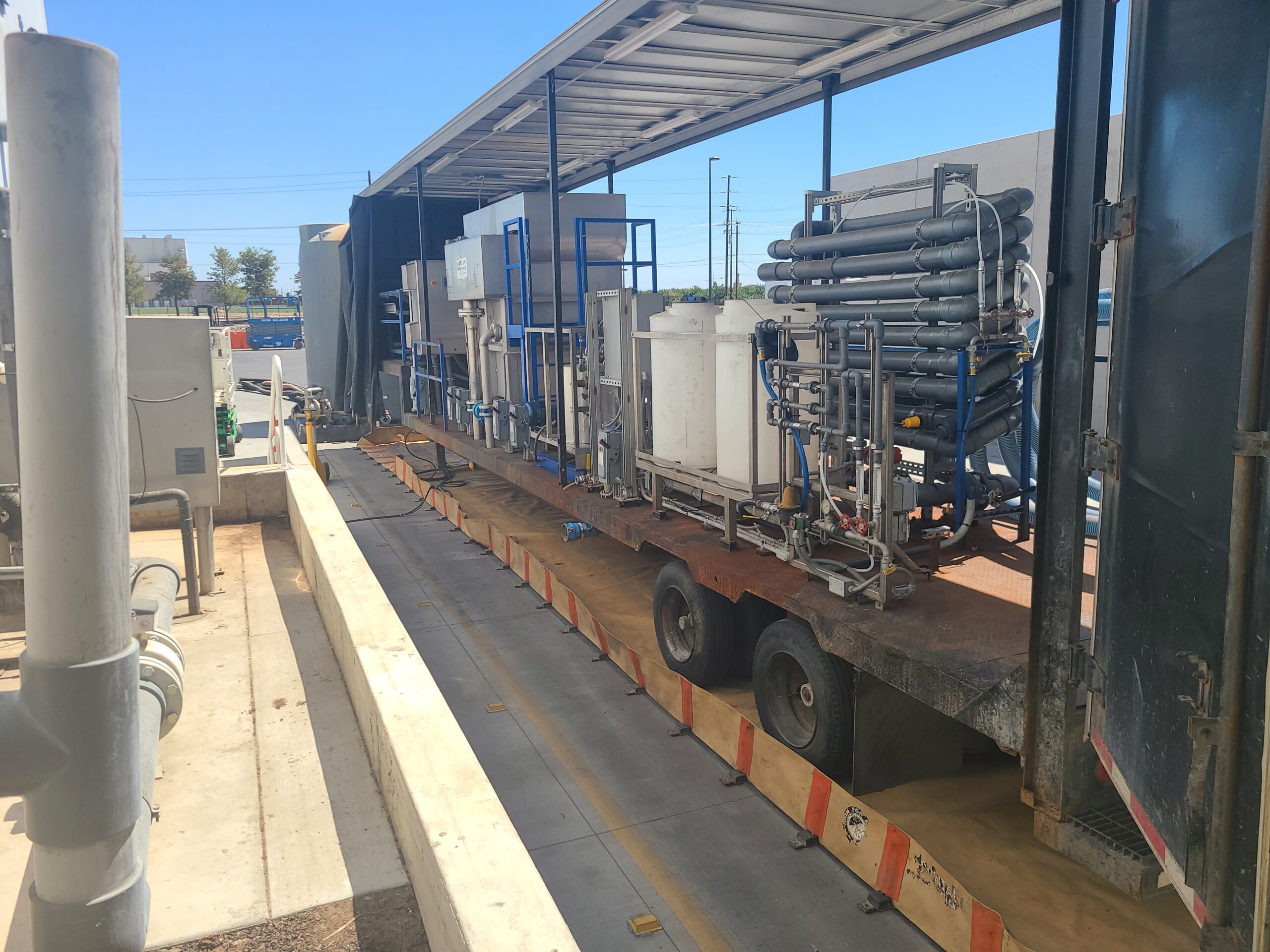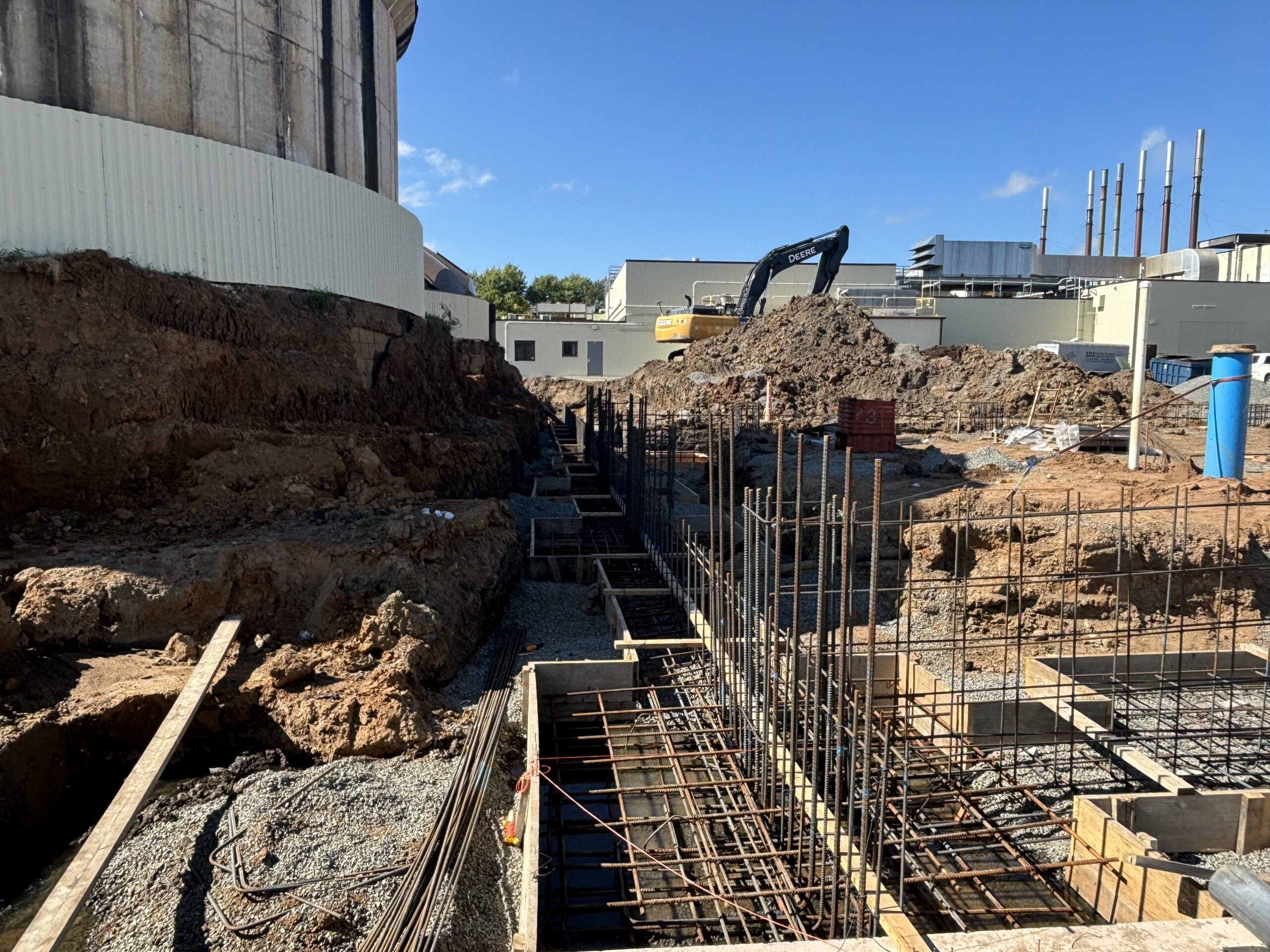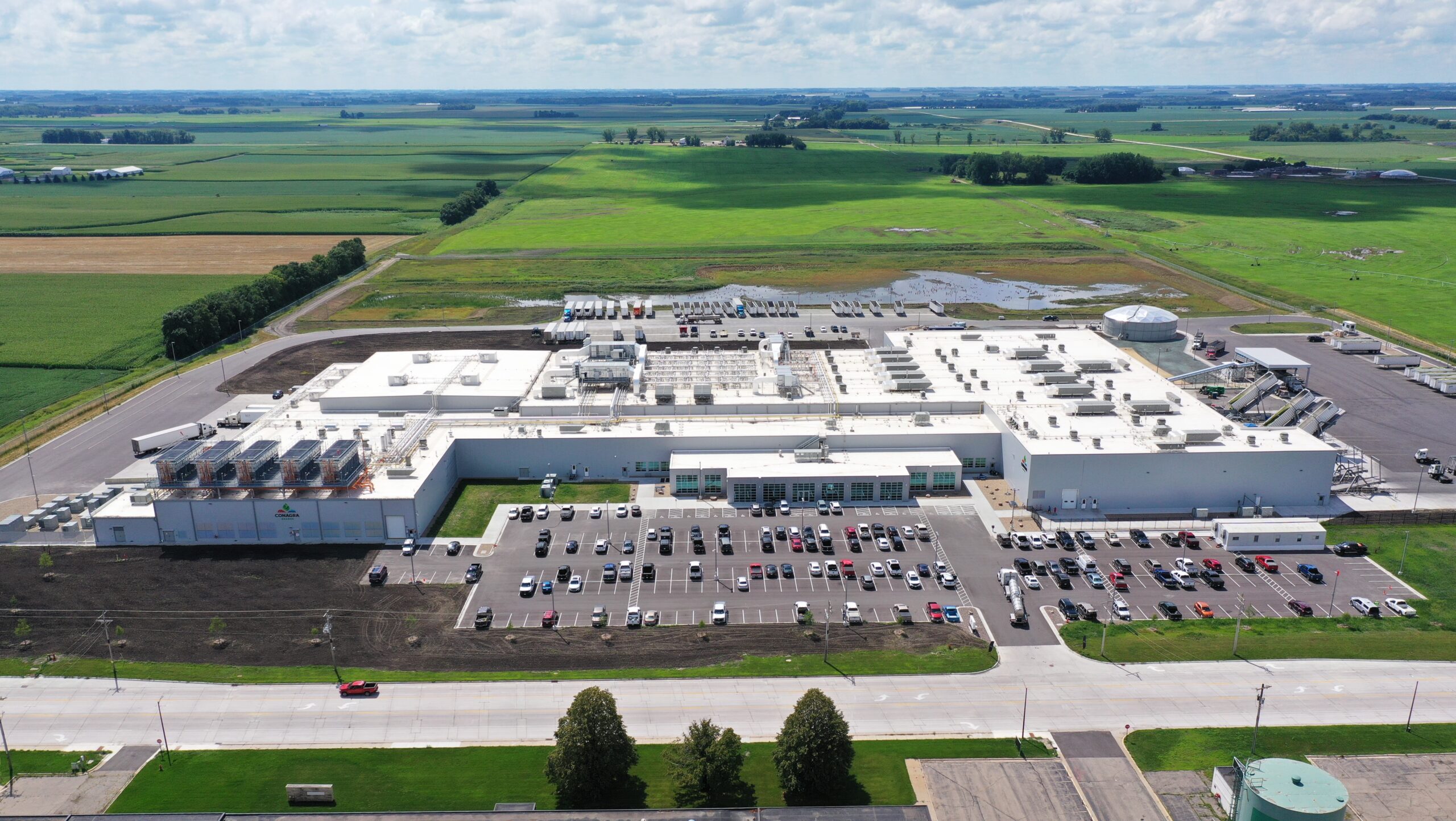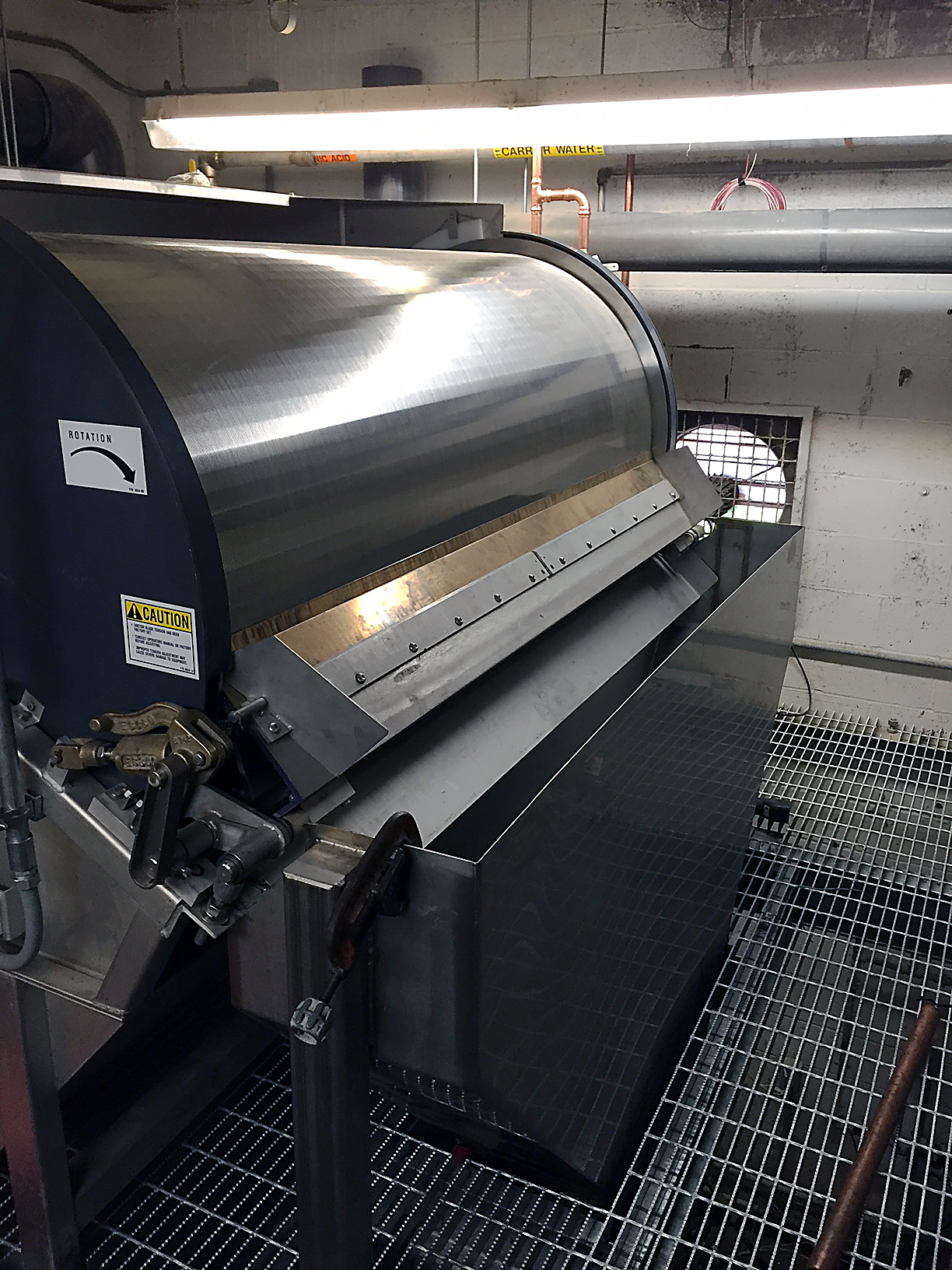
Background
Our client owns and operates a food processing plant that generates sanitary and process wastewater. Sanitary wastewater is segregated and separately discharged to the local city sanitary sewer. Process wastewater is generated via various manufacturing operations and facility sanitation activities, and is currently passed through a solids screw press screen and pH adjusted prior to being discharged to the municipality’s regional water quality control facility.
Recently, our client indicated that process wastewater volumes and loading discharged to the regional water quality control facility had permanently increased. They asked us to provide a solution that would upgrade the pretreatment technology used to reduce fats, oil and grease (FOG), total suspended solids (TSS) and biochemical oxygen demand (BOD) to reduce or eliminate increased sewer discharge surcharge fees.
Approach
We reviewed multiple technologies and evaluated each for removal efficiency, capital costs, overall footprint and ease of incorporating into the existing process. With our client’s input, suspended air flotation technology was selected for further evaluation. Suspended Air Flotation (SAF) is a solids removal technology that uses a microbubble froth to create buoyancy to float FOG, TSS and particulate BOD when mixed with a chemically conditioned, raw influent stream. The resulting float material is scraped from the separation cell into a hopper by a variable speed rake system. The pretreated effluent is discharged to the regional water quality control facility, while float material is hauled off site for reuse or disposal. The compact nature of the SAF system and the ability to operate based on the production needs of the facility made this technology attractive to the client.
We conducted an extended 30-day pilot test to provide proof of concept and estimate routine operations and maintenance costs associated with the SAF process. The pilot system consisted of a SAF pilot skid and sludge storage tank placed in a portable containment area. The SAF pilot unit received pH adjusted wastewater from the existing pretreatment process and returned treated effluent to the sanitary sewer. Throughout the 30-day pilot program, the SAF process effectively removed FOG, TSS and BOD material, minimizing sewer surcharges for the duration of the pilot test. As a result of the pilot testing, the final design of the SAF system considered the future growth potential of facility production and resulting estimated incremental increase in process wastewater flow. The SAF is designed to meet today’s process wastewater pretreatment needs, while planning for the future. Our client decided to install the SAF system as part of the wastewater pretreatment process.
Results
Our team installed the SAF skid system, process wastewater transfer pumps, equalization tank, and sludge storage system components with a vision toward future effluent reuse and sludge dewatering processes. The SAF system design incorporates connection points for potential future installation of sludge dewatering operations and will discharge pretreated wastewater through a flow metering and sampling station to demonstrate compliance to the regulatory authority.
Markets: Food and Beverage, Manufacturing and Industrial Products
Services: Construction Services, Design-Build / Alternative Project Delivery, Engineering for Product Manufacturing, Water and Wastewater




